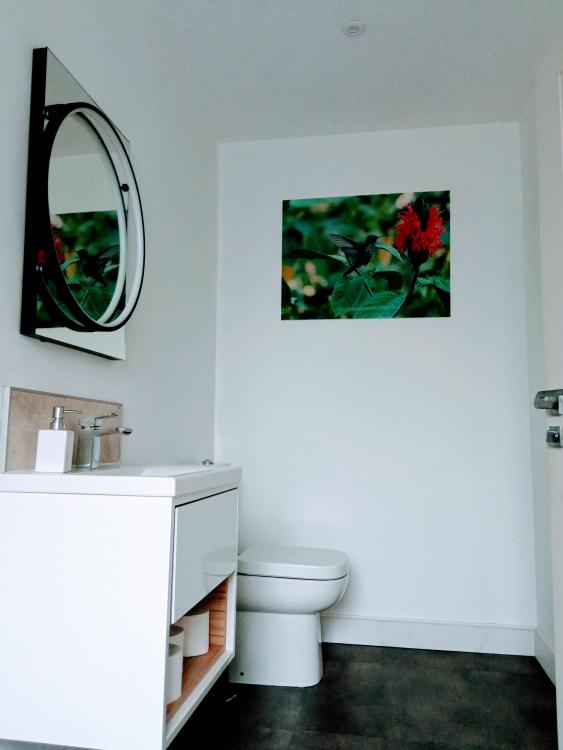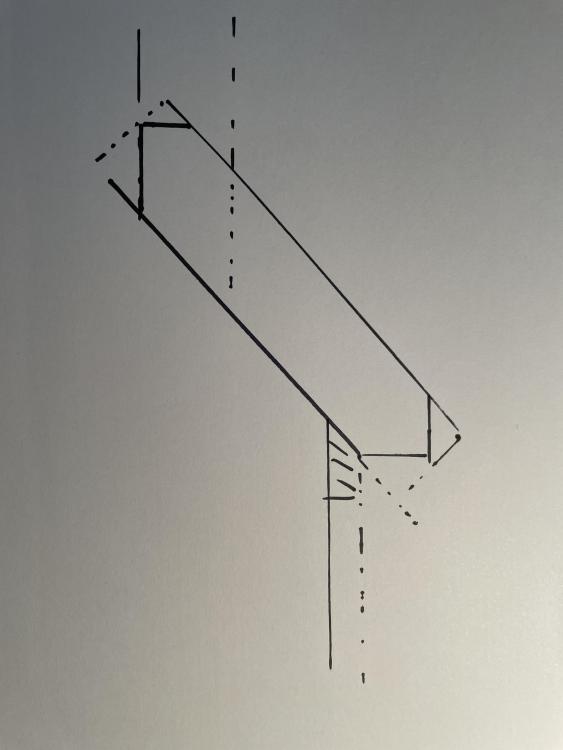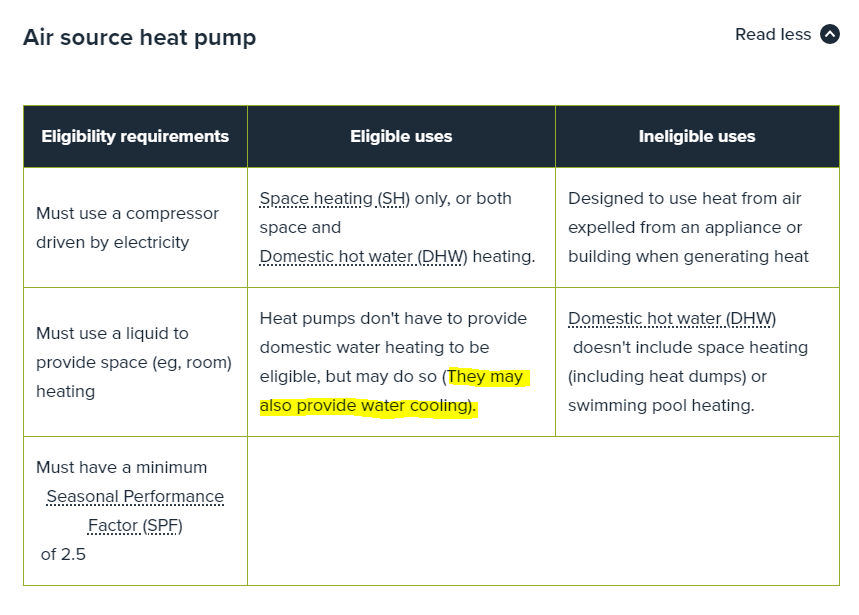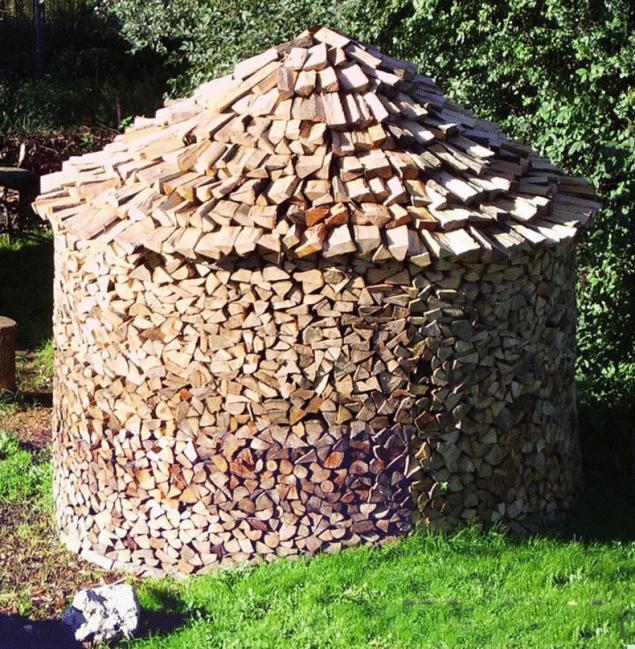Leaderboard
Popular Content
Showing content with the highest reputation on 08/06/21 in all areas
-
This is a serious reply. Consider it as a knock down and rebuild plot. It could well be cheaper and quicker with a better end result.2 points
-
If the roof moves that much during a storm you’re going to have bigger issues than lead tearing ..! I use lead clips and leadmate rather than mortar these days to remove any issues with minor movement cracking mortar.2 points
-
Depending on the floorplan (how open is it?) I'd buy: An air to air heat pump (mini split) for your base load heating. Later it can be occasional us cooling or backup heating. £750 to £1000 and should pay for itself within the two years on electricity savings. R290 based units are legal for DIY fit. Oil filled rads for supplemental heat to bedrooms. Shouldn't be needed much at all later go in the attic for emergencies. Get ones with good thermostats. Funny but anything with an exposed wire heating element. They fill with skin dust and smell of old people. (hot skin dust) The above leaves you with something useful at the end whereas storage heater and economy 7 option leaves you with a pile of rubbish to get rid of again. If you can pick them up for literally free then perhaps worth it but I don't like them. If there's a backup immersion heater for hot water then use it. Or fix it. Else: An electric shower for sure. Maybe an under sink heater for the bathroom (if you care - a mirror in the shower works just as well for shaving...) but I'd try without as it's less faff. A dishwasher that you'll reuse later. Screw hand washing. The dishwasher gets it cleaner and makes its own hot water. A kettle and one of those portable induction hobs. For emergency got water on the occasion it's needed for cleaning other things. Rarely if you have a dishwasher. Stats the status of the old oil system? Tank and boiler dead? Are the rads and hot water tank viable?2 points
-
2 points
-
I wrote to three with details of our plot and what we were looking to build (eg 5 bed with double garage) asking for quotes. One of them went to the trouble of going to the plot and sent us some pen and water colour sketches of his thoughts on the house. He got the job.2 points
-
Absolutely not! The real value in what an architect does is the concept stage, outputting planning drawings and warrant drawings is a pretty mechanical process but all the value is created and added at design stage. We are some times asked to do some initial concept work on bigger jobs but we'll always ask for a fee. Working with people to design their home, is all about trying to understand what the client wants, what their style is etc, what an architect has done previously isn't particularly relevant to your specific situation unless you are approaching architects who you want to deliver something with their specific style which you will fit your lifestyle around. Why would I spend hours and hours trying to work through concepts for your project in the hope that we might get paid for churning out drawings? We generally have a first meeting for free to see if it might be a good fit but don't expect anyone to give the ideas away for free, that's the one unique thing every designer has.2 points
-
Yeah, I think that’s exactly the route I need to take. Appreciate the guidance, folks. Sounds like I’ve dodged a bit of a bullet.1 point
-
rather than doing that might it be better to go with your gut feeling and the 'chemistry' you have with one of them and give them the opportunity to come up with a few designs. if after that concept stage you don't really like what they've done then just explain it all and cut your loses and move on to another one. that way it saves you £10k and a whole lot of hassle with other design ideas fitting into the chosen ones as discussed above. but I think you'll find that if you've done your homework then your original chosen architect won't be a million miles away after initial concept sketches and even if you are then a few quick discussions with them and they'll come up with some changes. that happened with us, his first sketches weren't what we wanted at all. but after a quick meeting we discussed the bits we liked and didn't from each of the concepts and he came up with something we loved.1 point
-
Thanks for this @Dan F That's precisely what I will do @joe90 but before I take the plunge I'd like to understand whether I can realistically make any meaningful change to noise level if the worst comes to the worst and I find the noise uncomfortable once the ASHP is up and running.1 point
-
we chose the architect that we thought we'd be happy to work with after meeting them all. worked out great! portfolio and costs were also a consideration but I think the 'chemistry' that @Bitpipe was talking about is of paramount importance.1 point
-
Screw a large piece of ply or osb behind the rad, into where the studs are. You can then screw your rad brackets on where they need to be.1 point
-
I have looked at their other posts and they are having issues getting a fixing for the rads! https://forum.buildhub.org.uk/profile/3234-phloaw/content/1 point
-
For sprinklers in the building our contractors used Blazemaster pipework. 85% of the cost is for design and first fix. You really want it tested before you plasterboard. It is good to get a separate water connection for the supply.1 point
-
Mine was around £10k but I got about £4k refund by sharing the trench with water co1 point
-
You're right. They can either approve or decline. Worth a shot. Those online business card and letterhead visualisers where you pop your info in and it shows you what they would look like are bloody useful aren't they ?1 point
-
Ours was rejected as the flood risk assessment was 3 years old. We have a stream at the bottom of the garden which dries unless there has been a lot of rainfall, and in which case is only 2 feet wide 6 inches deep max. We are building 10m in elevation above the stream so if we were to be flooded so would 99.99999999% of the country. The "old" report was highlighted when the planning officer sent his recommendation to his manager which was months after the due date. *&^king planners1 point
-
You can go right up to it, technically.. you just need to do it carefully. Step 1 would be to plug the existing hole with some strong mortar, next you'd get a piece of ply or similar with a tight hole of the correct diameter drilled through it to use as a guide/support, locate it so it's exactly where you want the new hole to be, then fix the ply to the wall using plugs/screws in one of the other holes you've got around you (or worst case drill some new ones which you'll fill after). Then get a nice sharp drill bit and start drilling through the ply into the new hole, keeping the drill straight or slightly angled so you're drilling away from the old hole. Once your hole is done, remove the ply.1 point
-
Low loss headers shouldn't be used with heat pumps. 4-pipe buffer vessels also shouldn't be used with heat pumps. They destroy efficiency in operation. (and on condensing boilers for that matter) You want: heat pump > 2-pipe buffer > emitter (UFH / radiators) > heat pump. If the emitters have a large enough output or thermal mass you can lose the 2-pipe buffer. A quick and dirty bodge world be to introduce a 2-pipe buffer on they output of the heat pump before it goes to your low loss header/4-pipe buffer. This will give enough (effective) system volume to avoid cycling. The short cycle issue you have is that your (effective) system volume is just the heat pump and pipework up to the low loss header. The thermal mass in the UFH / radiators has been decoupled by the header and your data / observations show this nicely! Awful system design from an OEM that ought to know better...but wanted to avoid getting sucked into explaining flowrates and design on the 'emitter' side by decoupling using the low loss header. Bash in a 2-pipe buffer between ashp and header on the flow to add in some thermal mass quickly. Work out how to design UFH and radiators that can deal with the full flowrate the heat pump requires later. Crummy units throw a hissy fit at anything other than constant flow. That might be why the header is there...1 point
-
You can use a concrete but make it at least a 140mm deep as you will need a minimum of 100mm bearing end and then an “upright” section to stop it sliding. Top will be more of an issue and may need brickwork building up first where the hashed area is and allowing to set. … and that picture is sideways ..!!! Rotate 90 degrees anti-clockwise to see what I mean ..!1 point
-
1 point
-
I think that might be common practice, and Wickes know all about it. It's not as if it is making them make a loss. Sell a wheelbarrow on ebay? Equals "Dangti Barrowboyz".1 point
-
Have you considered @pocster's walk on glazing leaned on the wall? He'd probably give it away by now, if you collect. Bristol is only at the far end of the Kennet & Avon. You can tie it to the side of the boat like a glazing van. I seem to recall that you are west of London?1 point
-
The Nissan showroom by the M8 has a fancy car elevator over 6/7 storeys, glass walled to show of the cars so very doable. I returned a hire car in Japan and was shocked to drive it into an elevator and go up to the 8th floor to return it. Locals didn't bat an eyelid...1 point
-
I think you should start with your requirements. That is a 1-2 page memo with your requirements - that is what the house must do for you. Space, rooms, people who will live there, grannexe, garden areas, indoors/outoors lifestyle, sitting areas outside, and so on. Perhaps styles you like etc. That will give your As things to chew on, and clarify your thinking. If you ask As to give you something substantive, then you will have to pay for time, and probably be bound to pay if you use someone else to do their concept. Best of luck. Ferdinand1 point
-
1 point
-
Re: Grand Designs. Generally, don't. Imo. Find a more sympathetic programme that won't put your build into play to create a storyline. GD are quite notorious for that. If you do, have a couple of pre-manufactured crises lined up with pre-identified answers. Like a diversionary Nasher Stick for your doglet. Isn't there a 'best in Scotland' thing on TV somewhere, or two. But perhaps they are more egalitarian and your build is exceptional ? .1 point
-
Think you're only allowed one meter per MPAN and there would be a lot of regulatory challenges in having the house swap between live suppliers. If you have 2 MPANs (supply heads) they'll probably be on different phases so even harder to swap between (zero crossing impossible) my guess is the 2x standing charges will kill any savings anyway Anyhooooo a lot of the current policy development is in smart meters is enabling [much] smoother change of supplier, and I did see it outlined on one of the white papers on https://www.smartdcc.co.uk/ that the goal is ~realtime change over so you could change suppliers hour by hour. Idea is to open it up to hyper local suppliers that can resell solar between neighbours and stuff. Don't hold you breath, may happen in a couple decades.1 point
-
1 point
-
You will be throwing away two out of three lots of work and you might find yourself in the difficult position of wanting ideas from each in the final design and asking one of them to take ideas from others forward as part of the final package which may be a difficult fit. We tackled it slightly differently, we asked our chosen architect to work up three schemes for the project and when we combined aspects of them we had no problems - we loved the tower concept from one, the room layout from another. We chose our architect by giving each of the shortlisted ones a pack of our expectations including RED lines, a mood board, our budget, our expectations of self building - IE we wanted to be able to do as much of the work as we could, eco desires, our requirements on drawing formats / availability / usage rights and process outline based on the RIBA phases (where we mentioned the 3 schemes thinking) with go / no go points along the way. We then met each 'down the pub' and after receiving fee proposals we tidied up loose ends with each and made our choice. It worked out well I think as every time I stand in the structure, which is now up and going through cladding before we start work on the inside for real, I get a happy feeling about the way it works. PS in our case the Structural Engineer was also part of the package as our chosen architect wanted us to use someone they had worked with elsewhere.1 point
-
@Roys My plot is in the North East, which is where I’m from, although I’m currently living overseas. @Ferdinand I’m a big fan of Grand Designs, and have seen both of those episodes. Solid inspiration for sure. I was tempted to ping them about this project, but I quite like my privacy. Not sure how I’d feel about telling the world where I live. @Cpd I should have a friend flying a drone over the site in the next week or so. I’ll follow up with some pics then. @the_r_sole best name I’ve seen in a while. Well played! Budget hasn’t been finalized yet, but I’m expecting this to sting. My hope is that I can do it for 1.25M, but that figure just came directly from my r_sole.1 point
-
This is beginning to sound like rather a lot of work for one piece of unused glass. Why not make it into a table? And paint the wall with bathroom paint or a scene of palm trees. Or get a huge piece of wall-art that fills the most of the wall. Not expensive in the context of self-building a house. Even one of your own photos. eg https://www.photowall.co.uk/ Hilton Hotels use them to great effect in the entrance corridors to their rooms. In their case they put a mirror opposite.1 point
-
It looks .... complicated, and expensive to deal with the complexity and the buggeration. I'm inclined to ask whether you have considered the alternative of moving house ?? Perhaps even to an identical one without the existing extension. Then extend that.1 point
-
When you get a test I suggest you have a pre-chat then stand by them throughout. They tend to ask what number you are looking for, then suddenly the test is over and they are packing up with, 'good news it passed'. But you want a good number and an optimum rating, which they could probably have got by checking for leaks you missed. eg, have you taped over the fan outlets (incl mvhr), shut the trickle vents, blocked any open drain pipes/manholes, seal flues at the fire? and so on. Yes you can do all this beforehand, but the tester should advise on what you might have missed. If they are testing just a part of the building, then you can also tape at door edges of the area. What number are you looking for? I suggest you have an absolute worst, but also a target.1 point
-
@Triassic I’ve got the all electric Sunamp so no ASHP in the equation for me but plenty of solar PV. Works a treat, but I suspect our first full winter of occupation (which seems to be fast approaching) will highlight how little the sun will play a part in our master plan.1 point
-
1 point
-
A few issues with that proposal: You will need deeper kitchen units, most full size machines need every mm of the 600mm depth so so sit behind the kick board like that the units will have to be deeper or you will need one of those "half depth" low capacity machines. The 2 hinged doors, ONE of them will get in the way while loading or unloading it. I would only do this if you have to have the machine in a kitchen. In a utility room I like the simplicity and honesty of the machine on show.1 point
-
1 point
-
1 point
-
You are familiar with Underhill House, which is a similar vision? https://www.theguardian.com/lifeandstyle/2014/apr/10/top-uk-eco-homes-underhill-house-gloucestershire There was a GD about it: Also this one in Bakewell is concealed from the road at the top https://www.derbytelegraph.co.uk/news/grand-designs-couple-spend-16-6704021 point
-
Sounds like a great build, I spend more time in my workshop than I do in the house. Where roughly are you in Scotland, no need to say if you don’t want to. Good luck1 point
-
Hello. You are most welcome. Ahhhhhh, the imagineering phase of a build. Something to wallow in, enjoy, chat through with mates - mull over in a traffic jam or waiting for train. Brilliant time. I look forward to the first post you write about the topographical survey and the geophysical survey. (£2500 for us : 8 cores and lab analysis)1 point
-
1 point
-
A Post Scriptum can sometimes become essential knowledge. Thanks ?1 point
-
I dropped in to our local firewood merchant the other day. He has transformed the way he works and sells wood. All the wood is stacked so that it dries better - by coincidence in the way it has been in Germany for many years. He's done it not quite as a Holzhaus (wood house), but very much neater, split into Toblerone shaped chunks, and stacked so that the air gets to his stock better. Yes, he'll still sell you a 1 tonne bag of random chunks of wet wood, but it's a start. In Germany, there's a kind of pride in doing it more neatly than your neighbour. And in the Black Forest, (outside towns) it is still more common to see wood stoves than any other heating Couldn't find an image on German sites, but this is the idea.....1 point
-
I would be leaving them 600mm max. Enough room for a not too fat builder to get in an make any repairs to the section of wall on the ground floor in the future. If at some point in the future they want to do some work on their wall higher up than they would still be able to do it. A scaffolding company would span your extension from the front to the back, no problem. And i would not be allowing them onto your land, without a full method statement, insurance in place to cover any damage to your land or property, and i would ensure that the insurance covered anybody who they employed to work on there house. I'm sorry, but you are allowing yourself to be bullied. Your extension would be much better a further 200mm wider.1 point
-
Is an architect appropriate at this stage of your project? Will a Planning Consultant do? Do you have to brief an architect? Will an Architectural Technician do? Consider doing some of the designing yourself or perhaps a CAD Technician Is an architect working for a house manufacturer appropriate for your build? Research suitable architects: websites, relevant journals Make a long-list of possible companies Check each architects credentials here Is the architect bankrupt? Check the architects Indemnity Insurance Make initial contact; listen Ask for examples of existing work; visit / drive by Company brochure Work up a brief. Consider budget and don’t forget VAT Will the architect of choice actually do the work? Does ecology come into the mix somewhere? Time scales. Refine your brief, and write up. One side of A5. Send it to the architect in advance of your meeting List the questions you want to ask, and refer to the list during the meeting Meeting: has the architect read the brief? Does the architect listen? Is the architect merely an “Educated Artist”? What does the architect think of as the scope of his / her work? Clarity about Extras and Incidentals Does the chemistry work? Ask for references. Visit / ring/ talk to them Decide1 point
-
After self building for years we do virtually everything on a day rate but we tend to buy as much of the materials we can. It usually works out cheaper and if, and this happened, the quality or behaviour is not acceptable we can pay them up to date and invite them not to come back. A drunk roofer at ten in the morning is not acceptable. Exceptions are that we tend to get electricians to work on time and materials. With plumbers we buy all of the meaningful stuff and get them to do provide materials for the things like pipe fittings etc. If you ask someone to give a fixed price that person has to price for the risk of variation in the work content. Inevitably the price will be higher. Working professionally (I don’t do domestic work), the client always wants a fixed price. There are many times, with repair works for example, that it would often be far cheaper to issue a post measured order. Private clients may be persuaded but I worked for a good while in the public sector and there is no way you can get them to engage with the concept.1 point
-
Why should a contractor take ANY risk, it’s your project, all he wants to do is earn a wage and go home. You want to build your dream but let somebody else take the risk. He could do it another work out how many days and put 25% on top for risk, then put 20% on top of all materials. This is what I would do. Price it as as high as I could get away with, he probably is doing you a favour.1 point
-
It was a Christmas present off my parents a few years ago. Ever practical, I've previously had a tool box, pressure washer and vacuum cleaner.1 point
This leaderboard is set to London/GMT+01:00



















